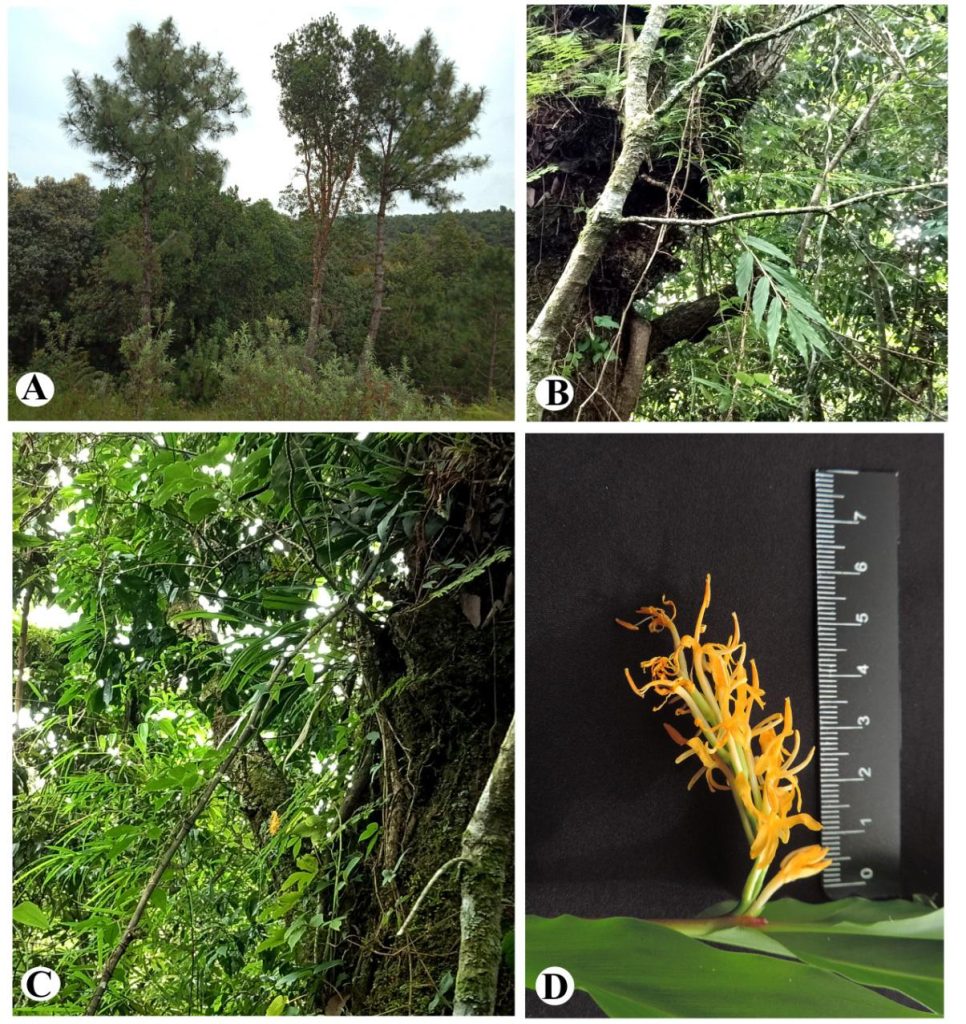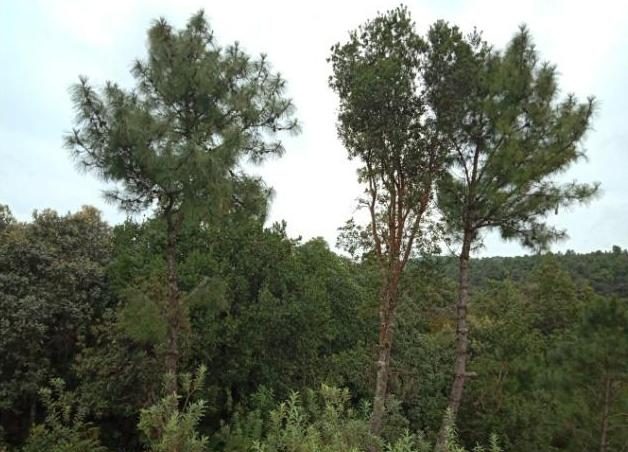ROOPAK GOSWAMI
Shillong, Nov 18: In an extraordinary yet alarming rediscovery, botanists have found fewer than ten individuals of Hedychium aureum, an endangered plant species, in Meghalaya’s East Khasi Hills. Known for its vibrant golden-yellow flowers, this rare member of the Zingiberaceae family teeters on the brink of extinction, bringing the urgency of biodiversity conservation into sharp focus.
The discovery was made during a field survey conducted by researchers from the Botanical Survey of India (BSI) North East Institute of Science and Technology. “While collecting H. aureum we noticed that there were less than 10 mature individuals of the species growing in a single patch of that area. The narrow distribution range, habitat loss leads the species closer to extinction. We planted one individual in the Eastern Regional Centre office garden of BSI in Shillong and our effort to conserve the species under ex situ condition was successful” the study quoting researchers said.
The study was done by Suparna Debnath of North East Institute of Science and Technology and Deepu Vijayan of Botanical Survey of India, Shillong.
Hedychium aureum was originally described in 1892, based on collections from Meghalaya’s Khasi Hills. The species, previously recorded in less than ten locations across Northeast India and neighboring countries, was last documented in Mizoram’s Murlen National Park in 2014. It is also found in Bangladesh and Thailand. However the location report of Arunachal Pradesh and Nagaland is more than 50 years old. There has been no latest report of the species from these two states of India.

Known for its golden-yellow flowers, the plant has been classified as endangered under IUCN criteria due to its sparse distribution and declining population. This discovery sheds light on the plant’s ecological preferences and underscores the urgent need for its preservation amid increasing habitat destruction.
The sighting in Meghalaya is after many decades, reigniting hope for its survival, but also underscoring the severity of its decline.
The challenges facing Hedychium aureum are immense. Habitat loss due to deforestation, urbanization, and shifting agriculture has pushed the species to the brink.
According to the Forest Survey of India’s 2021 report, the state retains 76% of forest cover. “This is a forest-surplus region, but the quality of the forest has deteriorated. Conversion of forest land into agricultural fields, deforestation, urbanization, mining and industrialization are the major causes of habitat degradation” the researchers say in the study.
The researchers say in Meghalaya ‘Jhum’ is a prominent traditional agricultural land use type associated with the social framework of a large number of tribal communities, where they cut down the vegetal cover, burn then and use the land for cultivation for one or two years but degradation due to agricultural expansion, mining, and infrastructure projects is accelerating.
Another major reason for habitat loss is urbanization. “For example, hundreds of trees were cut down for road widening of Shillong-Dawki mega four-lane project. These lead to threat to the existent plant diversity” the study says.
The researchers have called for proper conservation measures to preserve this new locality of this endangered species.




